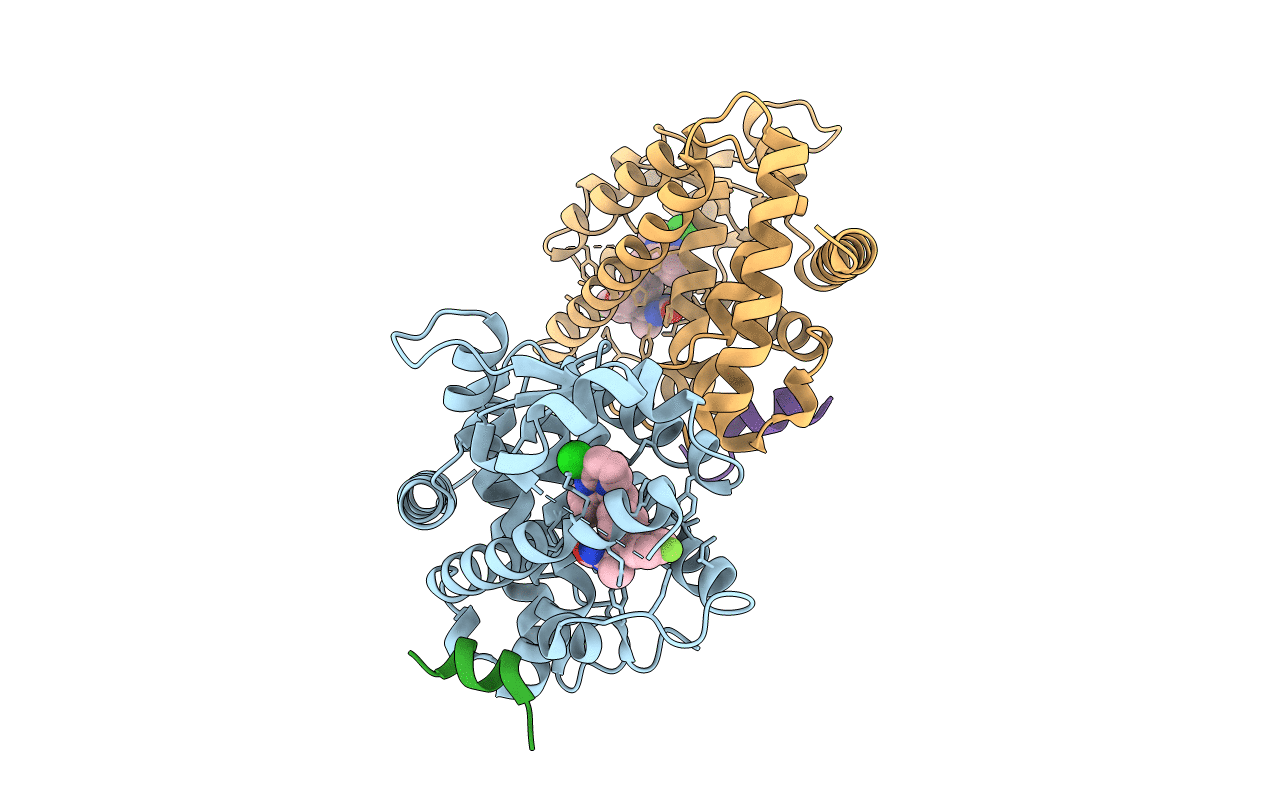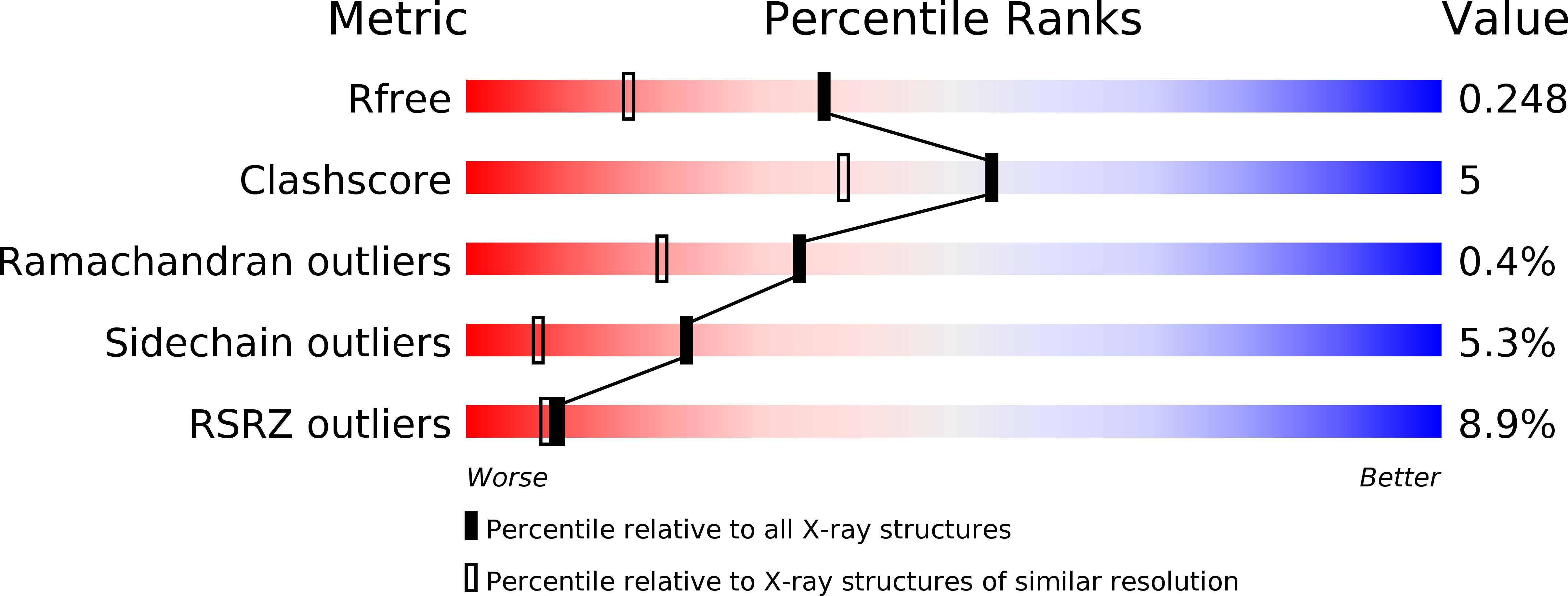
Deposition Date
2019-05-07
Release Date
2019-10-30
Last Version Date
2024-11-06
Entry Detail
PDB ID:
6K0T
Keywords:
Title:
Crystal Structure of PPARgamma Ligand Binding Domain in complex with dibenzooxepine derivative compound-17
Biological Source:
Source Organism:
Homo sapiens (Taxon ID: 9606)
Host Organism:
Method Details:
Experimental Method:
Resolution:
1.84 Å
R-Value Free:
0.24
R-Value Work:
0.19
R-Value Observed:
0.19
Space Group:
P 1


